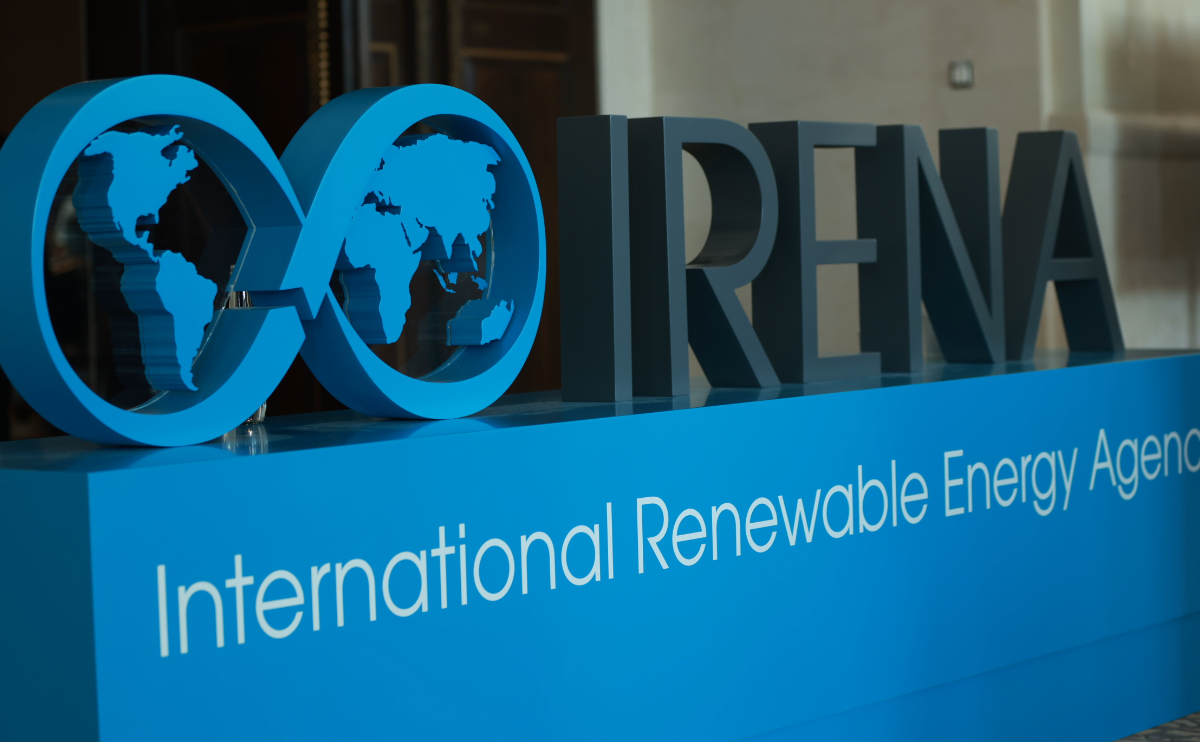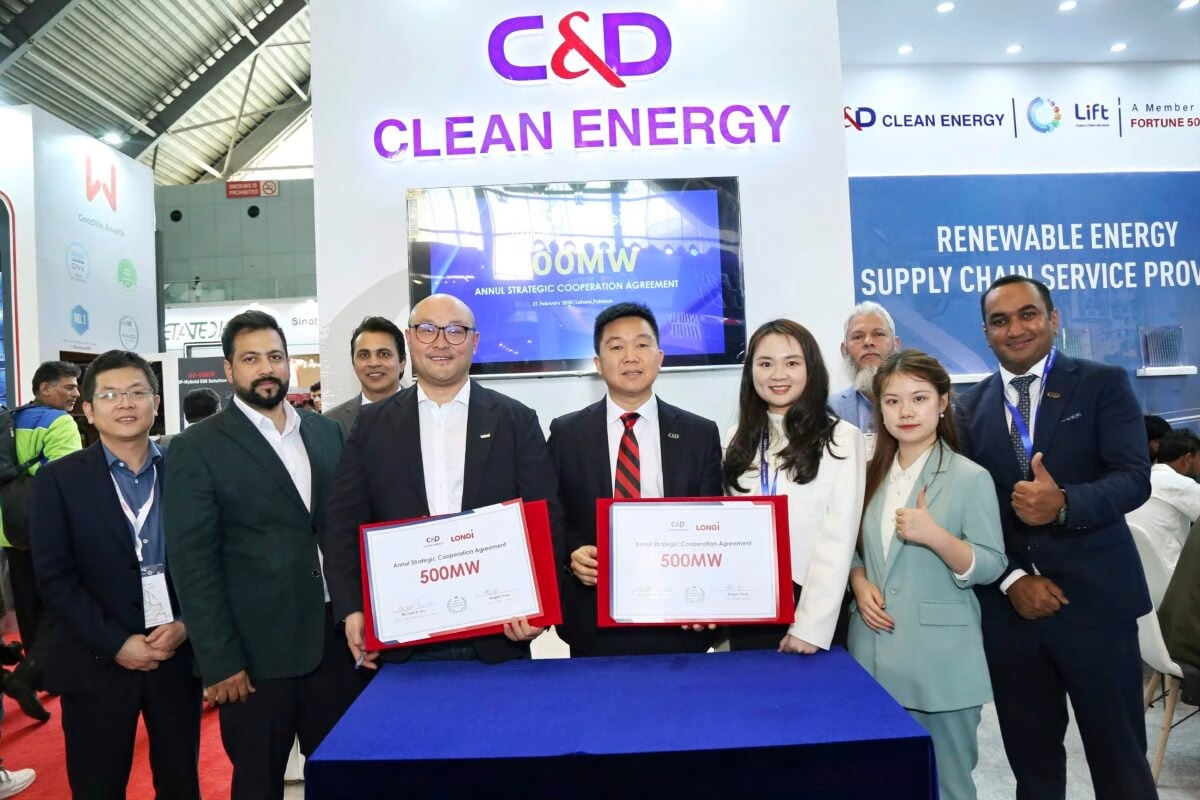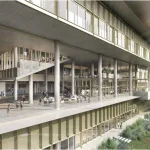
National University of Singapore’s Building Net-Zero-Energy NZEB@SDE
June 10, 2024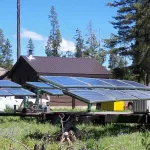
Introducing Solar Technology to Classrooms – A Significant Move
June 10, 2024pv MAG
Aleutia, a manufacturer of low-cost desktops and servers that has taking computers to every part of the world on its mind, wanted the do the same thing in rural Kenya, where villages have no electricity. To make sure that their computers were operational and of benefit to primary schoolchildren, they needed electricity to power their machines.
There was only source they could think of – solar energy.
They could assemble the solar panels on the roof, but some villages had no schools either (schooling is informal, with children assembling around a teacher under a tree which provides shade). So they needed to build schools as well, with roofs that enabled the installation of solar panels. They considered retrofitting used shipping containers, but these were too rusty and could not be transported to the interiors of Kenya – the rural roads were simply not designed for the movement of container trucks. A crane would also be needed to unload the container from the flatbed truck, getting a crane to the location was just as difficult. Even in areas where this was possible, the cost factor was too large to be ignored.
Solar classroom in a box
So they worked with design experts from the Edinburgh School of Architecture and Landscape Architecture and Nairobi-based architects to come up with a low-cost, insulated structure that could be easily assembled and transported. Locally available building materials, such as corrugated tin roofs and cinder blocks were chosen, with a steel frame to hold everything in place. These could be transported in cattle trucks, and up to three
It takes two days to set up each classroom, and only then are the solar panels mounted on the roof. The computers are then unpacked and the ‘Solar Classroom in a Box’ comes to life. Aleutia’s computers do not have cooling fans inside them, and the British company explains that their cases are made of aircraft aluminum, allowing heat to dissipate easily – perfect for sub-Saharan Africa. The Intel Celeron-powered computers also have solid state drives, meaning they work really quietly and help students to concentrate on the learning process.
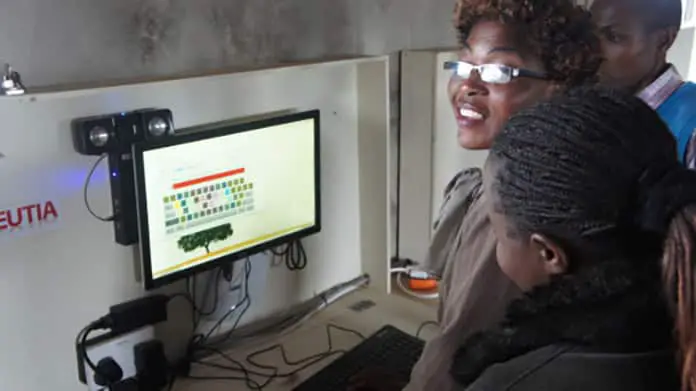
There is no internet, but the instructor’s computer is preloaded with an offline version of Wikipedia. There are 10 computers for students in each classroom. Aleutia’s founder Michael Rosenberg explains that for many, it will be their first time with a computer. It costs $10,000 to build each solar classroom, and another $10,000 for the computers. The idea is to introduce 20,000 Kenyan children to computers, and Kenya is the eighth country in Africa where Aleutia has brought computing to the masses. As of now, there are about 240 ‘Solar Classrooms in a Box’ in total
Aleutia’s other initiatives involve bringing distance learning for adults to Ghana, based on the same concept. They count UNICEF as one of their clients, and Rosenberg adds that technology has been helping them. Each generation of Intel processors is more energy-efficient than the previous one, and this is of immense value when every watt of solar power counts


